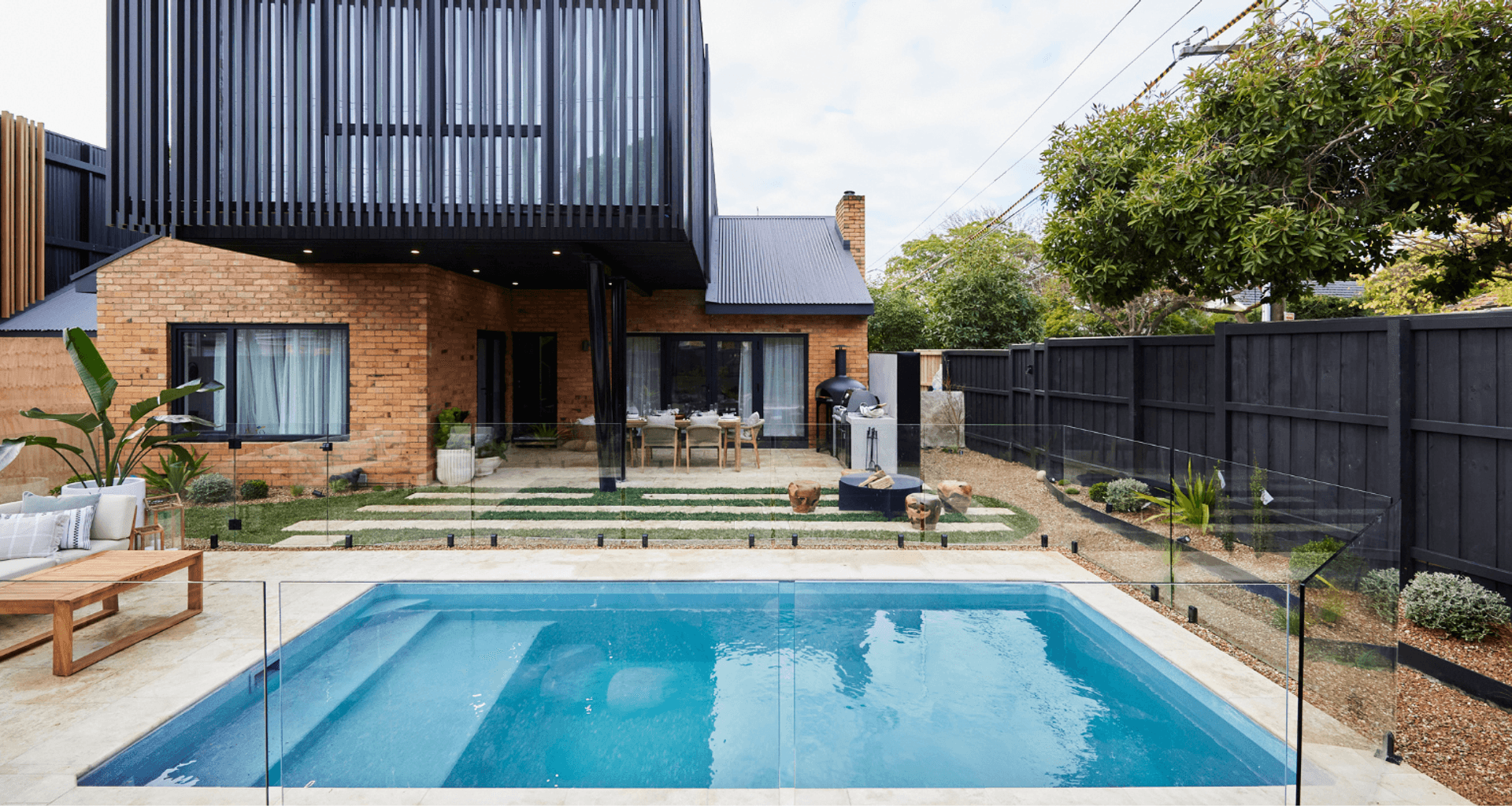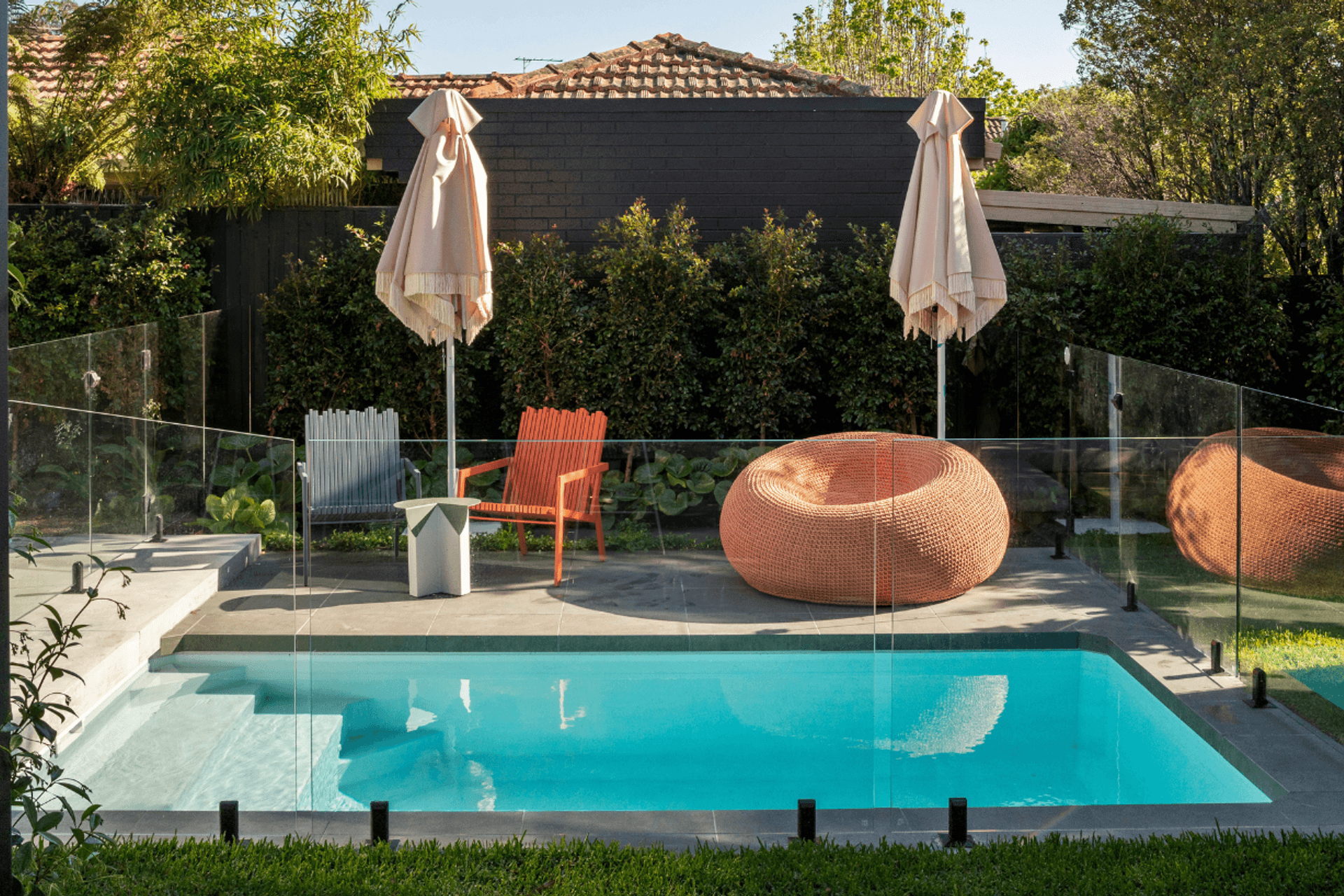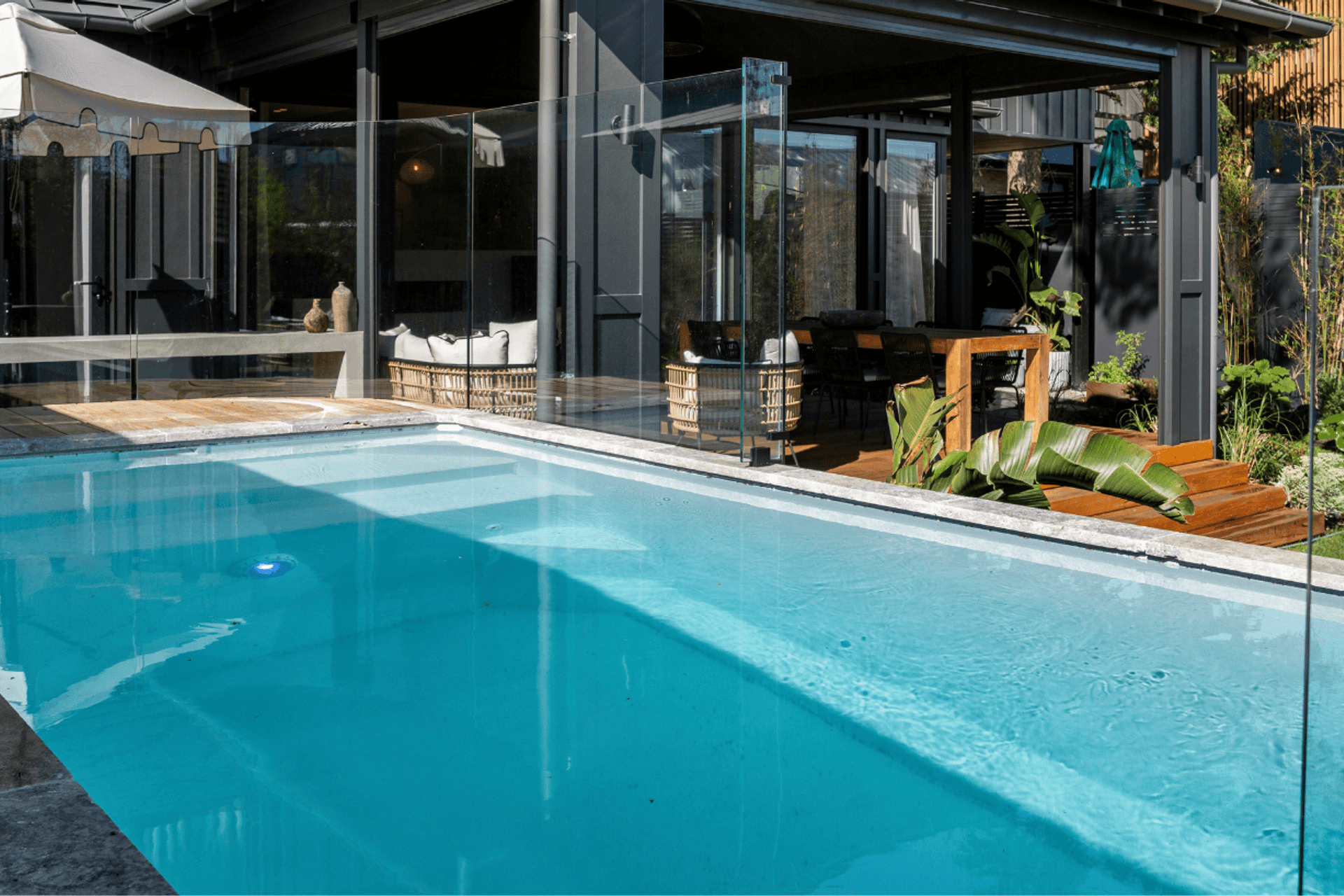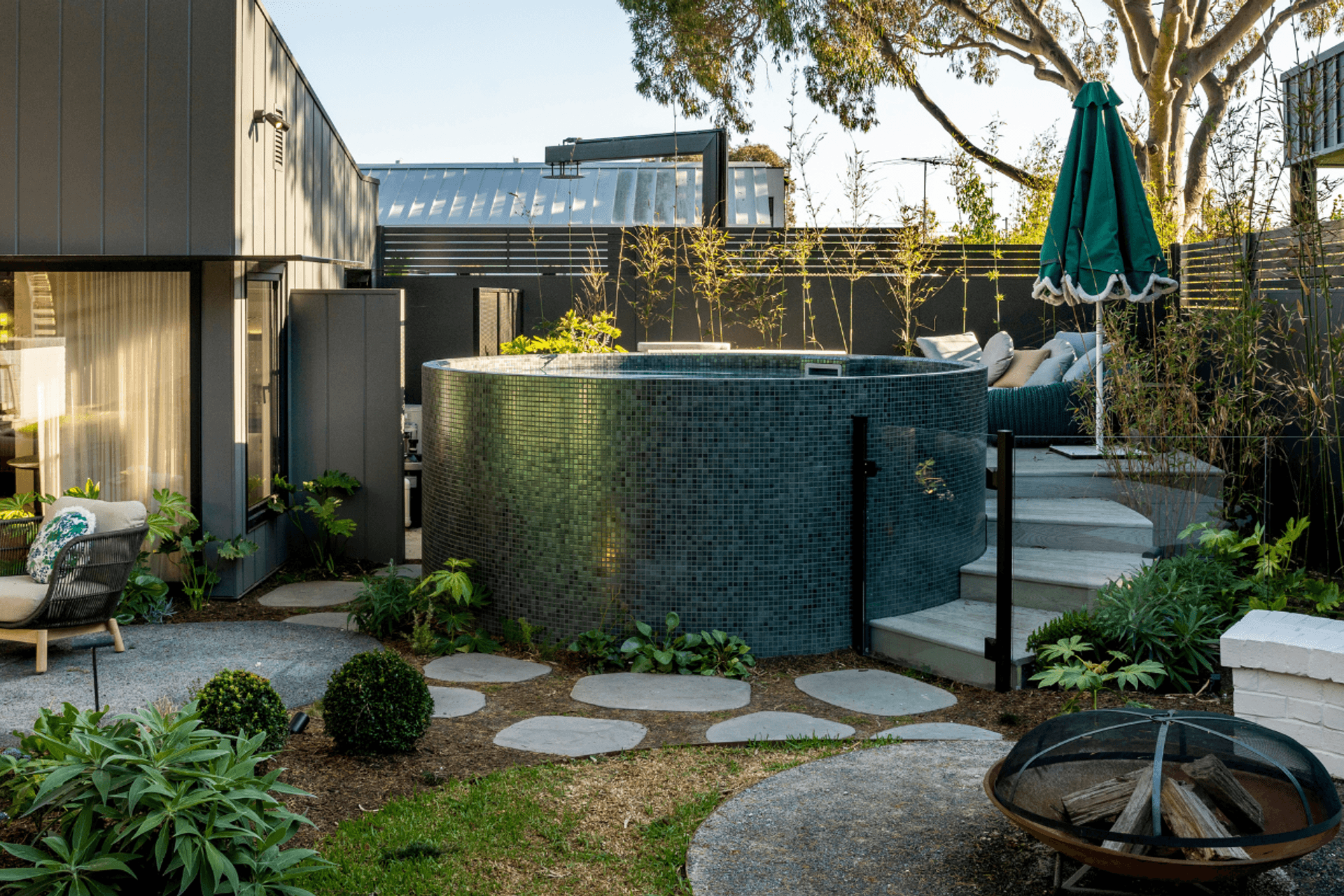The pool manufacturer making a splash in sustainability
Written by
26 November 2023
•
4 min read

Environmental footprint
Crucial in the construction industry, concrete is also one of the world's most resource-intensive materials.
With the environmental impact of concrete pools in mind, Plungie recently embarked on a mission to calculate and understand its product's entire environmental footprint.
The findings of the report are not just good news for Levick and his innovative Plungie pools but also specifiers needing to meet environmental standards.

Sustainable findings
Crucial in the construction industry, concrete is also one of the world's most resource-intensive materials. With the environmental impact of concrete pools in mind, Plungie recently embarked on a mission to calculate and understand its product's entire environmental footprint. The findings of the report are not just good news for Levick and his innovative Plungie pools but also specifiers needing to meet environmental standards.
“Architects are being asked to substantiate and map out the environmental impact of their projects, either for regulatory compliance, green building certifications or funding requirements. So, knowing the exact environmental footprint of our best-seller, Plungie Max pool, helps architects and developers,” says Levick.
Third-party verification firm Pangolin conducted a comprehensive lifecycle analysis of Plungie’s flagship product, the Plungie Max. The analysis report, which quantifies and compares the cradle-to-grave impact following the requirements of standards ISO 14044, ISO 14040 and ISO 14067, revealed a 41 per cent reduction in carbon footprint compared to a traditional concrete pool.
“The lifecycle analysis was to compare a traditional on-site concrete pool at the same location and size with our prefabricated Plungie pool,” explains Levick.
“And depending on who you talk to, most thought that Plungie would achieve better results, but I don't think anybody thought it would be 41 per cent better, even me,” Levick continues.
Prefabricated efficiencies
The findings from this analysis have allowed Plungie to provide a concrete answer to the question of their product's environmental impact. This is an invaluable resource for architects, developers, and eco-conscious consumers looking to incorporate a pool into their projects while minimising their overall carbon footprint.
Compared to traditional on-site concrete pools, the key to this significant advantage lies in the efficiency gained by producing pools in a factory setting. Prefabrication methods not only streamline the construction process but also result in the use of less concrete. Slimmer concrete walls, precisely engineered designs, and a reduced number of on-site components contribute to this remarkable reduction in the carbon footprint.
“We produce Plungies in a factory, and we get a lot of efficiencies because of this. We use less concrete in the pools because we have smaller walls and can design and engineer it accurately to reduce waste," says Levick.
Levick explains that the lifecycle analysis report is extensive, “The report goes beyond calculating the carbon footprint during the Plungie Max pool's construction phase to include corporate travel, the worker commute, and every detail until the pool's eventual removal and recycling 25 years down the line,” says Levick.
The Plungie Max, a 6x3-metre concrete pool, is the primary focus of the analysis, as it is their top-selling product. Although the same principles apply to other Plungie pool models, the focus on the Plungie Max ensures accuracy when compared with traditional concrete pools.


Our pools can meet the demand for speed and efficiency in construction on these fast-paced shows [like The Block]. They need them in fast, and they had tight space restrictions during their current project
As seen on The Block
The commitment to recycling and repurposing materials underscores Plungie’s dedication to minimising its overall environmental impact, particularly when compared to non-recyclable options like fibreglass.
“Fiberglass is one of those products that's not good for the environment at all. There's no way to recycle or repurpose it or turn it into anything else, so it ends up as landfill,” says Levick.
Notably, Plungie recently had the opportunity to showcase the ingenuity of its prefabricated ‘drop-in’ products by installing pools in all five houses of the popular television show, The Block.
“Our pools can meet the demand for speed and efficiency in construction on these fast-paced shows. They need them in fast, and they had tight space restrictions during their current project,” says Levick. “Having big cranes on-site lifting pools over houses always makes for good TV as well.”


Plungie have emerged as proactive in their sustainable outcomes within the pool industry. Plungie’s transparent and verified carbon footprint provides a concrete answer for architects, builders and consumers looking to incorporate a pool into their projects while calculating and minimising their environmental impact.
Learn more about Plungie on ArchiPro.
